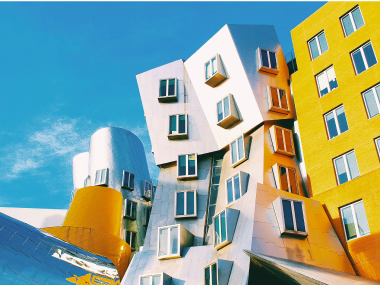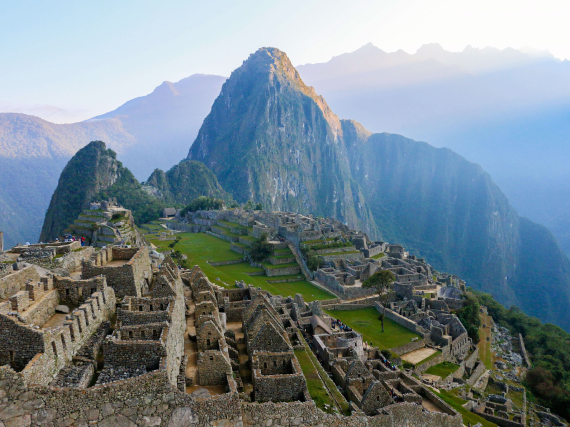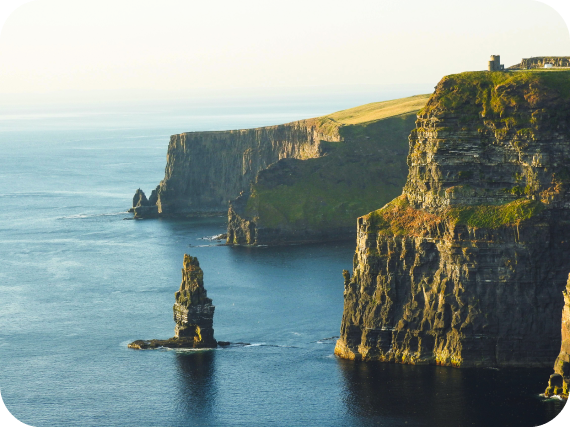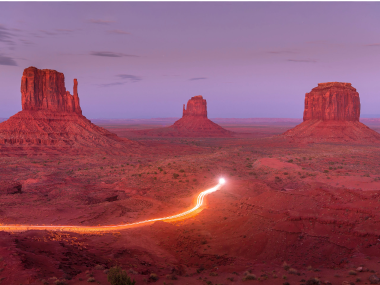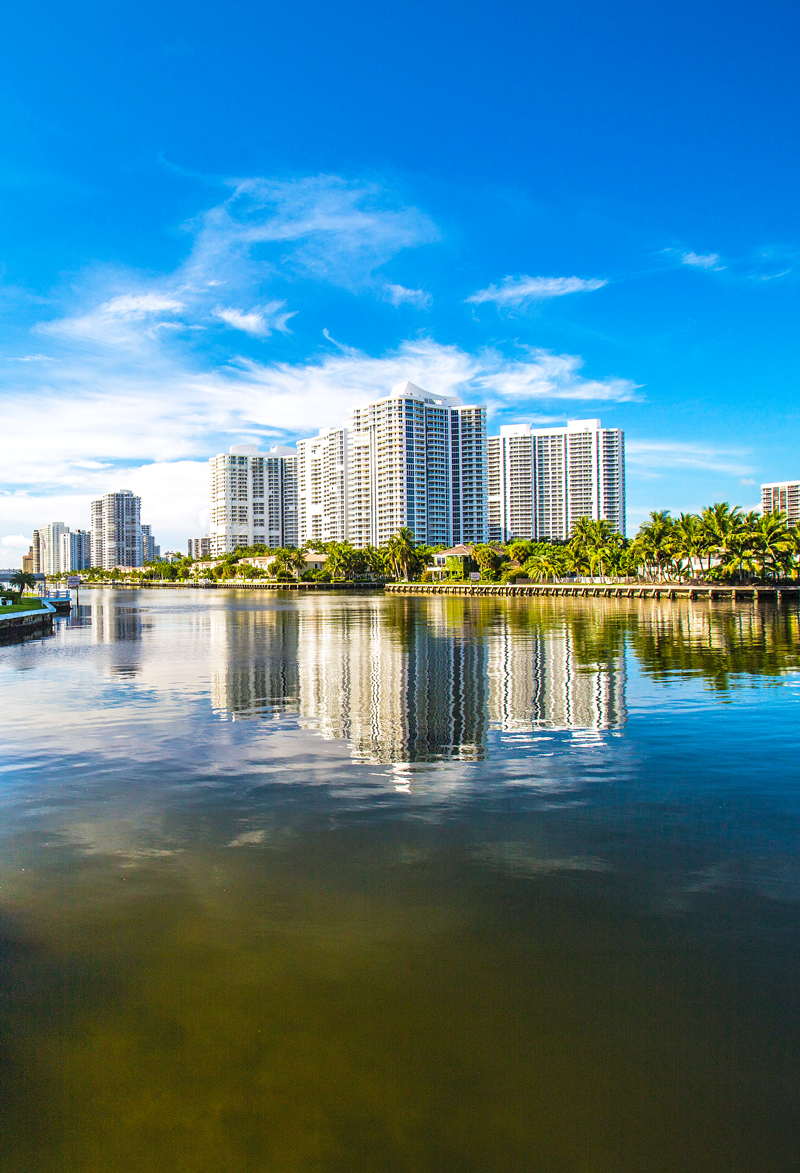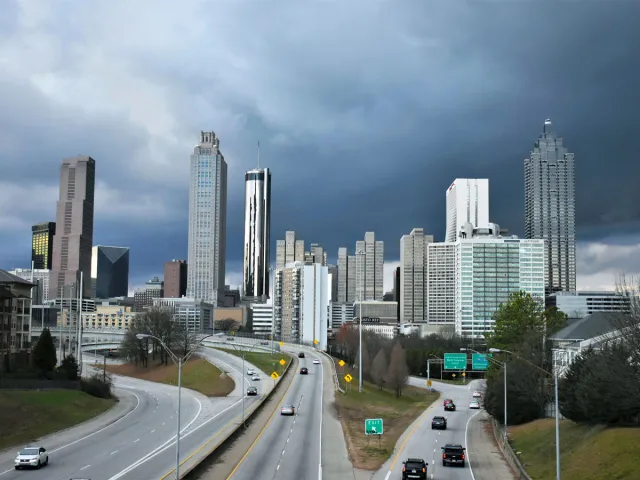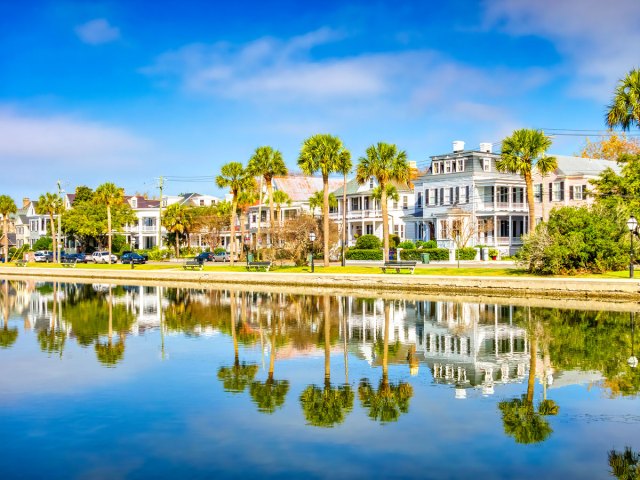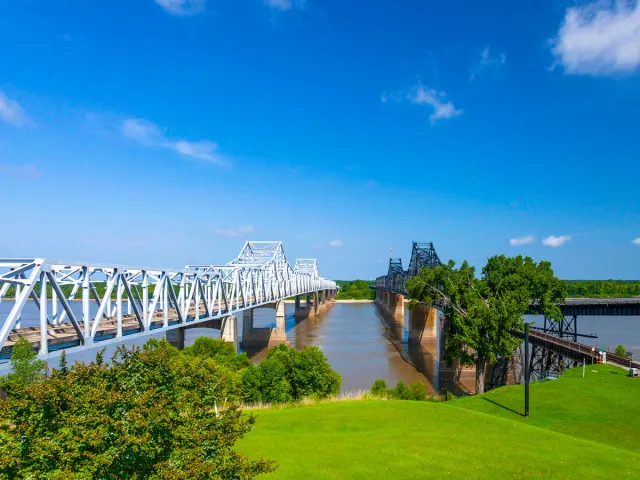Shakespeare claimed “a rose by any other name would smell as sweet,” but when it comes to city names, we beg to differ. Would the New Amsterdam Yankees go on to win 27 World Series titles? Would Jernigan, Florida, be the place Walt Disney chose to build his empire? Would the Clearing become a hip, alternative city in the Pacific Northwest? The truth is, we’ll never really know. However, we can look back to learn why certain U.S. cities changed their monikers. Here are seven major U.S. cities that used to go by different names.
Terminus – Atlanta, Georgia
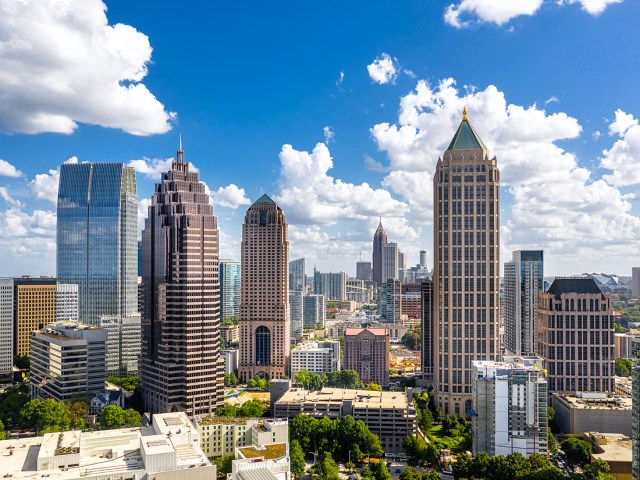
Before it became Atlanta and one of America’s 10 largest metro areas, the Georgia state capital was nothing more than a signpost. As the U.S. railway system was rapidly expanding in the mid-19th century, the Western and Atlantic Railroad marked the end of its line using a stake. This “Zero Milepost” was the terminus of the railroad connecting the Midwest to the South, and the settlement that sprang up around the post was aptly named Terminus.
Several years later, it was temporarily dubbed Marthasville — a nod to the then-governor’s daughter — but by 1847 it was officially known as Atlanta, after the Atlantic-Pacific Railroad. Today, the city itself is home to over 500,000 people, and more than 6 million call the greater Atlanta area home.
New Amsterdam – New York, New York
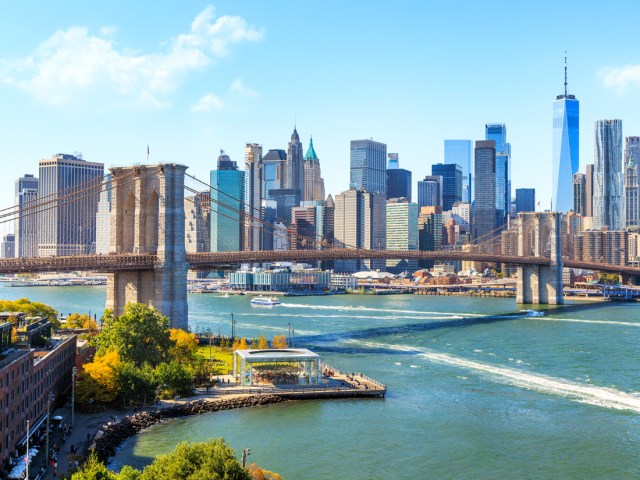
In 1624, the Dutch West India Company chose the southern tip of the island of Manhattan to build New Amsterdam. Named after the largest Dutch city, the small settlement was part of a larger colony known as New Netherland. The settlement’s location was chosen due to its proximity to the Hudson River and the Upper New York Bay, which allowed boats to access the Atlantic Ocean.
Decades later, the English set their sights on New Amsterdam. The fledgling settlement was not properly equipped to defend itself and surrendered quickly to British advances. Thus, New Amsterdam was renamed New York in 1644 in honor of the Duke of York, the brother of the king of England. Today, New York City is the most populous city in the country.
Losantiville – Cincinnati, Ohio
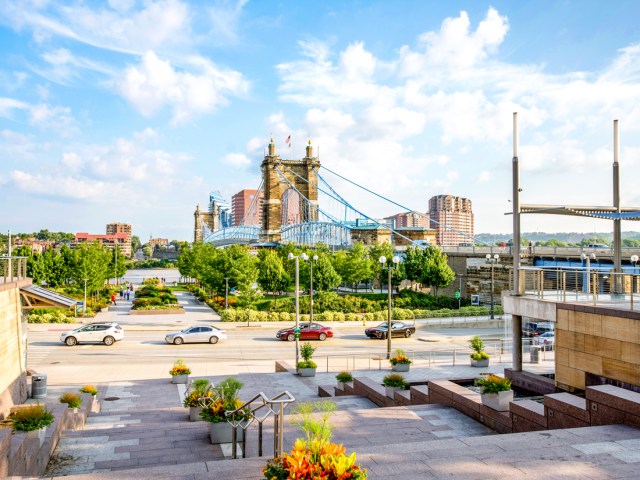
Back in 1788, Cincinnati was a small settlement known as Losantiville. Using word origins and prefixes from several languages, the settlement’s founder devised the name to translate to “the town opposite of the Licking River.” The “L” stood for Licking River, os is Greek for “mouth,” anti is Latin for “opposite, and ville means “town” in French.
While clever, “Losantiville” did not roll off the tongue and was ultimately short-lived. When Governor General Arthur St. Clair visited two years after the settlement’s founding, he reportedly declared it to be an “awful name.” The name Cincinnati was chosen instead, in honor of the Society of Cincinnati, a group of Revolutionary War veterans who felt a certain kinship to Cincinnatus, a Roman military hero who fought tyranny in the fifth century BCE.
Jernigan – Orlando, Florida

The theme park capital of Florida began as little more than a family homestead, founded by Aaron Jernigan, a cattle rancher who arrived in the region in the 1840s. Jernigan built the area’s first permanent settlement near Lake Holden, and it quickly expanded to include a fort for protection and eventually a U.S. post office.
The community was named Jernigan and continued to grow until it changed its name to Orlando in 1857. The reasons for the change — and the origins of the name Orlando — are murky. Some claim it was named after a character from a Shakespeare play, while others believe it was in honor of Orlando Rees, a local military officer.
The Clearing – Portland, Oregon
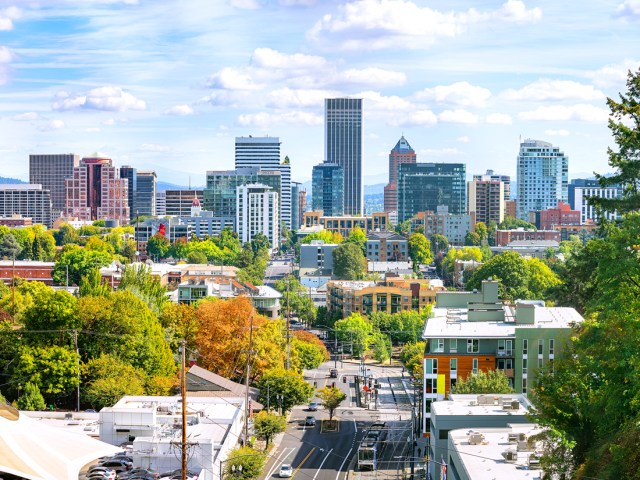
The founders of Portland, Oregon, called it like they saw it. Portland’s original settlement was built in a naturally clear area near the Willamette River, free from the thick forests common in the Pacific Northwest. Thus, “the Clearing” became an informal name for the area, which was chosen as the ideal place to farm and build.
It wasn’t until 1845 that the town was officially named Portland — thanks to a coin toss between Portland’s two founders, Asa Lovejoy and Francis W. Pettygrove. Lovejoy was from Boston, Massachusetts, while Pettygrove was from Portland, Maine, and each wanted to name the new settlement after their hometown. They agreed to a friendly coin toss, which is why the Oregon city is named Portland, and not Boston.
San Miguel – San Diego, California
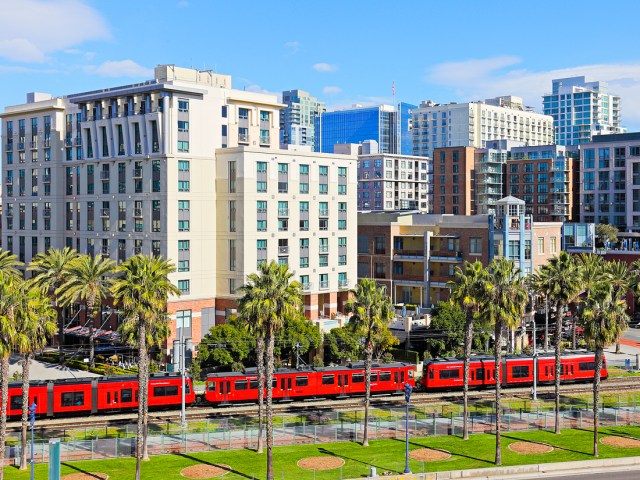
On September 29, 1542, a group of Portuguese sailors on a Spanish expedition arrived on the shores of Southern California, an event that coincided with the feast day of St. Michael. At the time, it seemed appropriate to name their new colony San Miguel, in honor of the saint of the day.
Roughly 60 years later, the Spanish arrived in present-day California and decided that the settlement should be named after a missionary known as San Diego de Alcalá. Thus, San Diego was born. It became the site of one of the first California missions and permanent European settlements in the area.
New York-Alki – Seattle, Washington
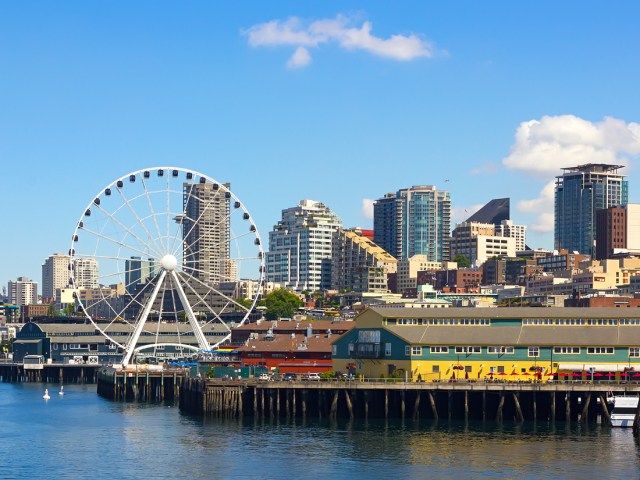
After a group of American pioneers called the Denny Party arrived in Puget Sound in 1851, they named their settlement New York, after the country’s largest economic hub. Thanks to the settlers’ business dealings with the Chinook, a group of local Indigenous peoples, the word Alki — local slang for “by and by” — was added to the name.
The original settlement, founded on present-day Alki Point, eventually moved across Elliott Bay to Pioneer Square. The new settlement was named Seattle in honor of local Duwamish leader Sealth, who had welcomed the foreign group to his native land.
More from our network
Daily Passport is part of Inbox Studio, which publishes content that uplifts, informs, and inspires.
